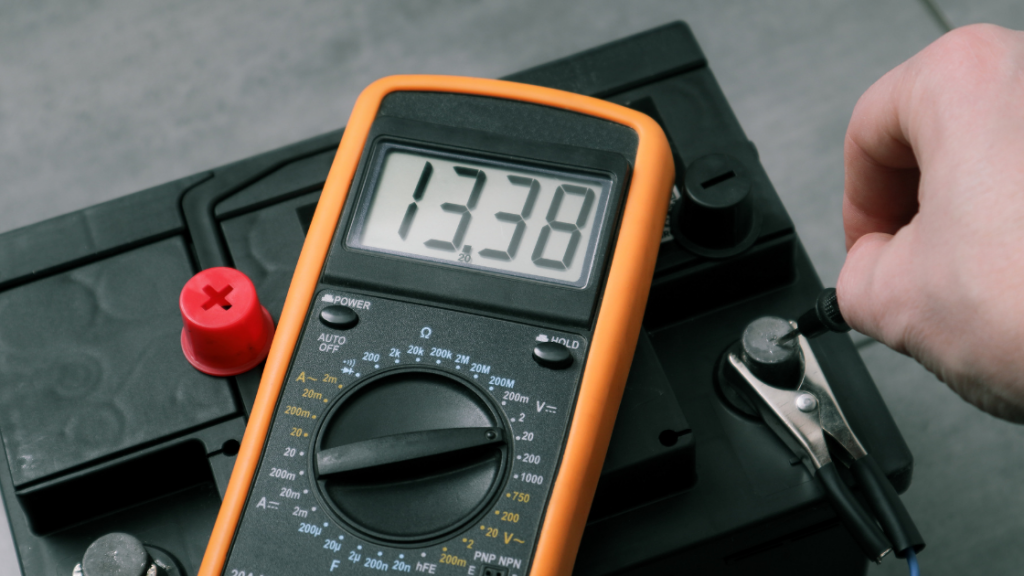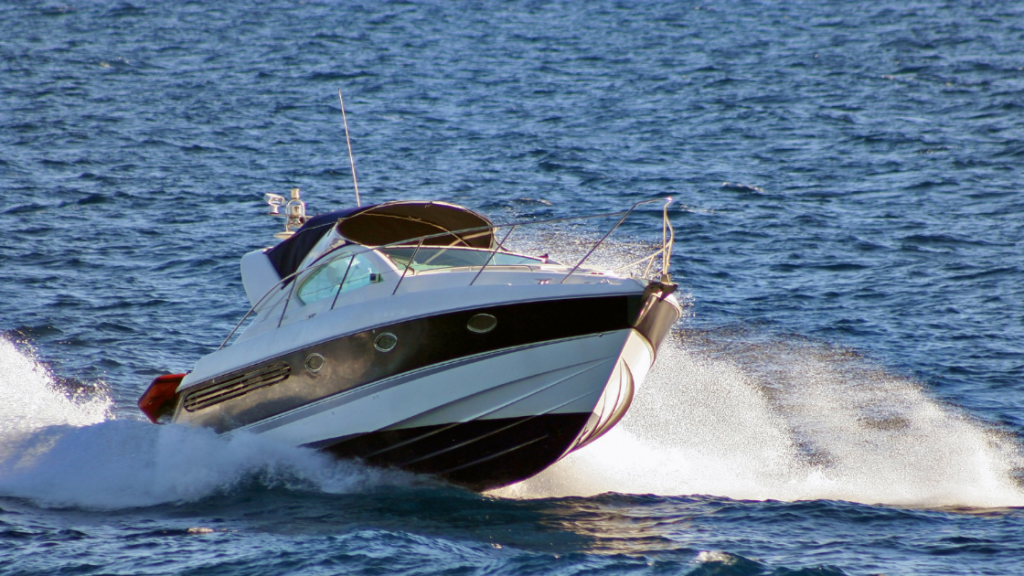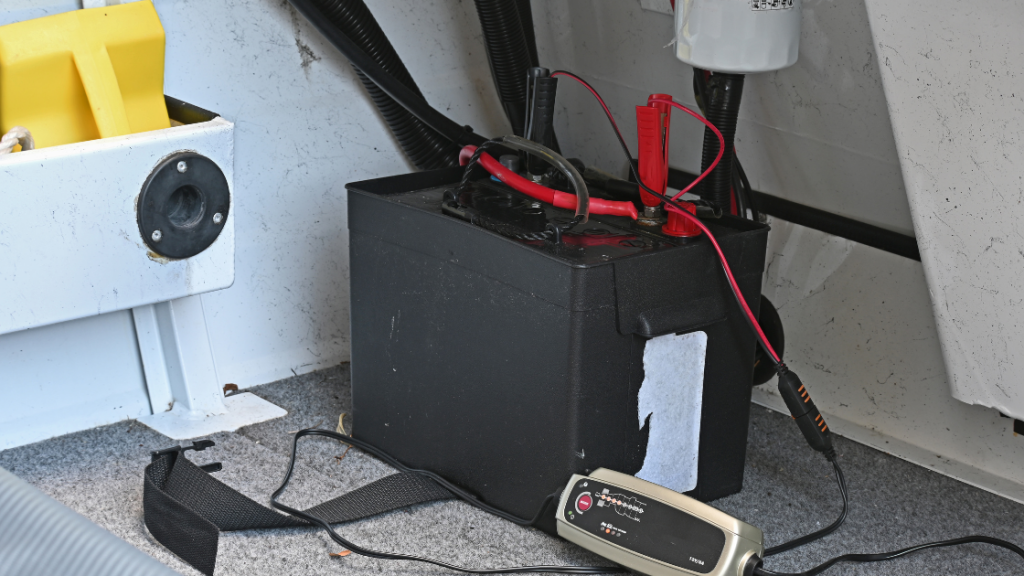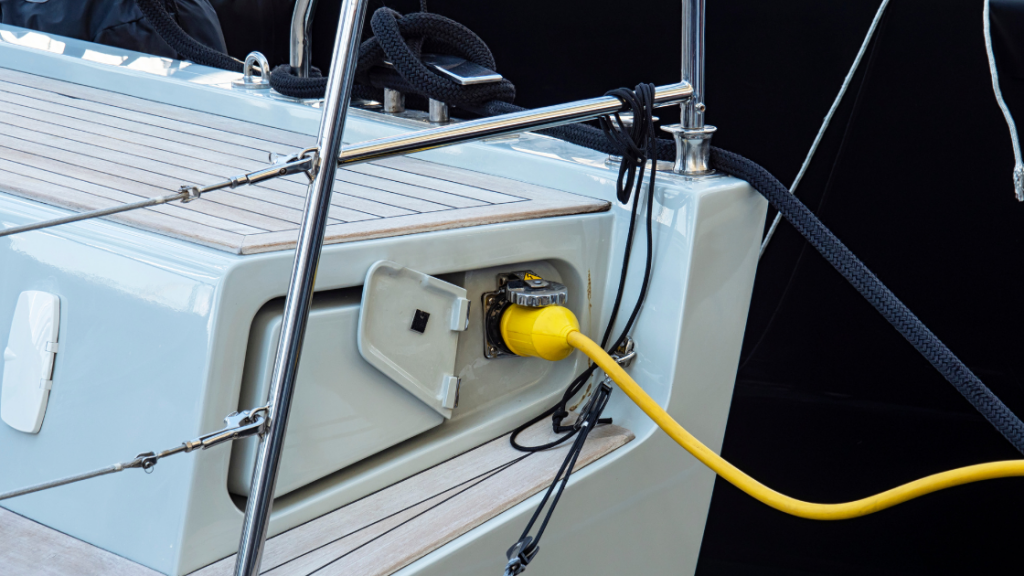How Much Power Does A Boat Need And Use
March 4th, 2025 by team

Part II in our Series of Power and Electricity
by B.J. Porter (Contributing Editor)
In our first Electricity Basics article, we talked about the key formulas used to how electricity behaves. It was a lot of theory, and a bit of math, but it’s the fundamental information you need to learn how to work with your batteries and electrical system.
A question from a reader inspired this month’s installment, which is “How do I use this information to get the right size batteries?” And that’s a great topic.
Figuring out your Power Demand
How your boat uses power is determined by a few key pieces of information. Equipment installed on your boat which draws power is the most important, followed by how you actually use your boat. If you’re in a power boat which always spends the night with shore power, you’ll have a very different usage profile than a sailboat that anchors or a center console fishing boat you never sleep on. So the How is as important as the What for figuring your power needs.

Making a power budget
A power budget is simply a list of every boat system and its estimated daily usage. The first part is simple, you just have to find everything with an on switch that draws power. The second step is a little trickier, as it’s not obvious how much use your electrical devices get. For example, you can easily identify the power needs for running lights. But if you rarely use the boat after dark, or you’re in a powerboat which can’t get under way without an engine running, this number isn’t very important.
The steps to creating your budget are straightforward:
- List all devices which draw DC power on board.
- Identify how much power they consume from the manuals or the stickers on the item. If it’s a range, use a number towards the high end.
- Figure out how many hours per day a system is in use while the boat isn’t charging. For items which cycle, like refrigeration, you’ll need an estimate of how often they cycle on in normal use. It’s also OK to use a range, and create a budget that covers a low and high range.
- Calculate the power consumption of each item in Amp-hours.
- Add all items together to get the total Amp-Hours used in a day.
Sample Power Budget
This table is a power budget use as an example. In the real world your list will be longer, but this is a small list for a sailboat traveling under sail, then spending the night at anchor.
| System | Watts | 12V Amps | Hours/Day | Cycle % | Ah/Day |
|---|---|---|---|---|---|
| House Lights | 2.5 | 6 | 100% | 15.0 | |
| Anchor light | .25 | 10 | 100% | 2.5 | |
| Refrigerator | 6 | 24 | 25% | 36.0 | |
| Coffee Maker (1) | 600 | 50 | .2 | 100% | 10.0 |
| Chart Plotter (2) | 3 | 6 | 100% | 18.0 | |
| Inverter (Standby) | .2 | 16 | 100% | 3.2 | |
| Microwave | 800 | 67 | .2 | 100% | 13.4 |
| Total | 98.1 |
(1) Denotes 110V appliance running on an inverter. There is inefficiency there
(2) only used when boat is under way, so on lay days Hours = 0.
Watts – What is the wattage rating for the device, if you don’t have an Amp number for it.
12V amps – Amp consumption, either from the product information of by using Ohms law (Amps = Watts/12V) to get it.
Hours/Day – how many hours per day is the system used? You’ll have to estimate based on your own use patterns.
Cycle % – While in use, how often is the device actually running, versus idling? This is big for refrigeration, and varies greatly with installation, temperature settings, and outdoor ambient temperature. You cycle more where it’s warmer.
Ah/Day – Calculated from the Amp-hours, as Ah x Hours per day x Cycle %.
There is considerable variation in how a boat’s systems are used in a day. If you decide to have a second pot of coffee the real numbers vary. But that’s normal, the goal is to get an intelligent estimate of power use, not a precise record.
How you use your boat

How you use your boat has an enormous impact in your power consumption. Whether you anchor out, sail all day without engines, fish while trolling at idle – all this effects your budget.
Some will make a different profile for several uses of the boat, such as “sailing,” “anchored,” etc. The goal is to identify the maximum usage scenario between charges, and plan accordingly. For example power boaters won’t bother with an under way profile, because they’re always charging while running and typically arrive fully charged.
Other impacts on how you use your boat include where you use your boat, and when you do. Using a boat in a hot climate will require a higher cycle time for refrigeration systems, or more frequent generator run times for air conditioning.
Your charging needs
The final requirements are your charging needs. How long do you want your “quiet time” without charging to last? What constant renewable charging do you have available? And what type of charging you have? If you rarely spend more than one night at anchor between moving the boat under power, it affect your needs more than someone planning to sail most of a day after two or three nights at anchor. A full time liveaboard at anchor may want more quiet time than someone primarily spending weekends on a mooring or in a slip.
Once you’ve assembled this information, you’ll know just how much usable battery capacity you should have on board.
What is “usable” battery power?
Unlike disposable batteries, your boat batteries are rechargeable many times for many years of use. Each battery type has requirements for safe maximum discharge levels without damage, and the behave differently during recharge. Fully discharging any battery can damage it and shorten it’s useful life.
Every deep cycle battery has a capacity rating, usually expressed in Amp-hours. This is at a absolute capacity of the battery, based on a 20-hour drain down test.
Since you will never drain a battery to 0%, the real capacity is far less. The type of batteries you select and how you recharge them determines the usable Amp-hours the battery contains.
AGM and Lead-Acid

Most lead-acid batteries can safely discharge to 50%, after that damage may occur. So the most power an AGM, Gel, or wet cell battery will provide is 50% of the rated capacity.
However, charging these batteries to 100% takes a long time since the charge rate tapers sharply after 90%. If recharging with a generator or by running the engine, it may take as many hour of run time to go from 50% to 90% as it takes to go from 90% to 100%. So most people charging at anchor only charge to 90%.
Because you are charging from 50% to 90%, the safest planning capacity is 40% of the rated Amp-hours. Though most weekend boaters can get away with planning at 50%, that 10% does add a nice safety margin.
Lithium (LiFePO4)

Lithium batteries take a high charge rate all the way to 100% charged, and will take a deeper discharge without harm. Most LiFePO4 batteries can give up 80% of their power without harm. However, deeper repeated discharges can shorten battery life, so most lithium users don’t go below 30%.
With charging to 100% and discharging to 30%, lithium batteries yield 70% of their rated capacity per charge cycle.
Your own boat use and charging

As we’ve mentioned, how you use your boat affects how much battery power you need daily. And your willingness to charge actively with engines and generators coupled with renewable charging (wind, solar, and hydro generation) also set the parameters for your battery needs.
It’s important to apply how you use your boat to get the right sizing parameters to keep you comfortable and safe.
Pulling it together
In the example budget, the total power usage was about 98.1 amp-hours daily. With some inefficiency in the system and a few other small systems, 100 Ah/day is a good estimate.
So how does this translate to how many batteries you need and how large they should be?
For each day of quiet time (no engine or generator use) for active charging, you will need the following total rated capacity of batteries.
- With 40% usable capacity for Lead-Acid, you would require 250 Ah total in a lead acid bank of AGM, gel, or wet cells. 250 Ah X 40% = 100 Ah. You could get by with 200Ah, but you might find yourself charging more than once in a weekend if loads are higher.
- For lithium, at 70% depth of discharge, you’d need only 143 Ah of usable batteries.
This model does have some sizing safety factors, for example you may choose the extra run time to bring your AGM batteries to 100%. And real world use isn’t so neat, so even if you go with 200Ah of AGM batteries, you’ll probably be fine even if you have to run the generator or engine a little more than once a day.
For details on the strengths and weaknesses of AGM vs. Lithium, see this article. For most weekend boaters, lead-acid batteries are still a suitable and affordable choice.
But no matter which battery chemistry you use, you’d need enough charge capacity to recharge them in a reasonable time. We’ll address this in detail a later article.
Special notes on renewable power
Wind, solar and hydro generation are all good alternatives to fossil fuel recharging. But none of them are 100% predicable. Wind doesn’t work on all days, and most boats try to anchor out of the wind for comfort and safety. Solar only works when the sun is out, and degrades quickly when it’s not high in the sky or the panels get shade. And hydro generation only works when the boat is moving.
Renewable power lets you extend your quiet time when conditions are favorable, and cut down on running your engine or generator. Both are admirable goals and will enhance your boating experience and will reduce fuel use and pollution. But they can’t be relied on for your baseline power needs unless you have a lot of renewable charging capability and pretty big batteries to get you through shady or windless days.
For battery sizing for most boaters, we don’t usually figure them explicitly in because of the unpredictability. But you can do that if you want, simply add them to your budget as a negative number for the expected charging to offset the consumption. Just be prepared for a little less quiet time if the sun and wind don’t cooperate. Renewable charging for boats will be a topic for another article.
- Posted in Blog, Boat Care, Boating Tips, Cruising, Fishing, iNavX, Interviews, Navigation, News, Reviews, Sailing, Sailing Tips
- No Comments
- Tags: boat battery, boat power, electricity, power, power demands


Leave a Reply